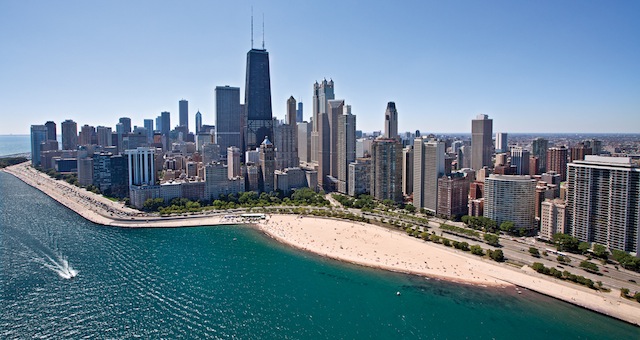The United States hotel industry is projected to record stronger-than-expected growth for 2017, according to STR and Tourism Economics’ final forecast of 2017.
“Due to stronger demand, occupancy growth has exceeded earlier forecasts. At the same time, ADR growth has been more muted than expected given the record occupancy level,” said Jan Freitag, STR’s senior VP of lodging insights.
“The third quarter was difficult to parse because of the disruptions from Hurricane Harvey and Hurricane Irma, but we know that demand was lifted in a number of major markets as a result.
“Looking past the shifts in the data, we think hotel performance should remain steady—very much like current economic conditions,” Freitag said.
Earlier this year, an accuracy report from STR and Tourism Economics showed the companies’ joint U.S. hotel forecast to be the most accurate among top industry prognosticators.
2017
Predictions for total-year 2017 are that the U.S. hotel industry will report a 0.5% increase in occupancy to 65.7%, a 2.1% rise in average daily rate (ADR) to US$126.66 and a 2.5% lift in revenue per available room (RevPAR) to US$83.23. RevPAR grew more than 3.0% for each year from 2010 to 2016.
The Midscale and Independent segments are likely to report the largest increases in occupancy (+0.9%). Independent hotels are also projected to post the most growth in ADR (+2.8%) and RevPAR (+3.7%). The lowest rate of RevPAR growth is projected in the Upscale segment (+1.1%).
Seventeen of the Top 25 Markets are expected to post flat to growing RevPAR for the full year. Most markets will likely see an increase between 0% and 5%, while four are projected for growth in the range of 5% and 10%: Detroit, Michigan; Houston, Texas; Orlando, Florida; and Seattle, Washington.
2018
For 2018, STR and Tourism Economics project the U.S. hotel industry to report a 0.2% decrease in occupancy to 65.6% but increases in ADR (+2.4% to US$129.64) and RevPAR (+2.2% to US$85.06).
“We built this forecast under the assumption that there will be tax legislation and a subsequent improvement in GDP growth next year,” Freitag said.
“Better ADR growth than 2017 would then better offset an expected decline in occupancy. Regardless, we expect more moderate performance growth overall.”
The Independent segment is likely to report flat occupancy as well as the largest increase in RevPAR (+2.3%). All other segments are forecasted to see a dip in occupancy.
All Top 25 Markets are likely to see RevPAR performance between 0% and +5%, with the exception of Miami/Hialeah, Florida; Houston; and New York, New York. Each of those three markets are projected between 0% and -5%.


